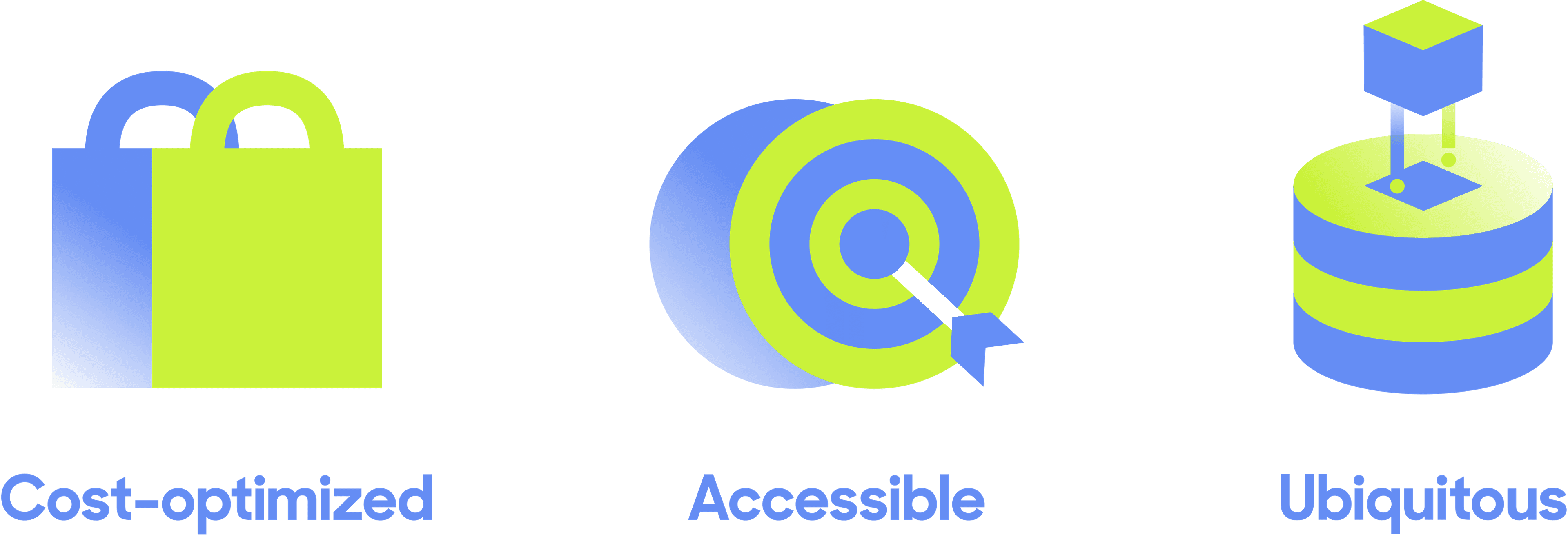For all its promises and high hopes that business intelligence would make companies data-driven, over 30 years later, it turns out that BI runs the risk of becoming yet another data silo.
Yes, business intelligence and visualizations delivered through analytics dashboards have helped provide a framework and common language for business performance. However, the primary use case has been assessing historical trends and conducting deep analytics to understand them better. There’s still a major gap between bar graphs and line charts and turning those insights into actionable, automated business decisions.
If you think a BI dashboard is the correct last step of the data workflow, just ask any data analyst how often their business counterparts request a CSV export from a BI tool. Spoiler alert: it’s often. BI tools aren’t delivering the ability to take action on the data that business teams need.

How We Got Here
For decades, BI and reporting were the end goal. The task at hand for data teams was to build pipelines, systems, and frameworks to aggregate data in a centralized location; use SQL, Python, or R to clean, model, and transform that data; and ultimately provide insights in the form of an analytical dashboard to business teams. Business users then had the power to refresh the dashboard at will to glean insights about recent trends in customer behavior, business metrics, and product adoption.
But the important thing to remember is that the dashboard was never meant to be an end in and of itself. The ultimate goal of this analytical output was to help teams make sense of what happened and then drive strategic business decisions. Ideally, it should be done proactively, scalable, and automated.
And therein lies the divide.
How the Cloud Data Warehouse Changed Everything
This isn’t to minimize the tremendous effort, engineering prowess, and creativity that went into getting the data systems, models, and pipelines built and maintained to deliver these dashboards. It was a tremendously difficult task for a long time and was the whole purpose of a data team.
Until recent years, data teams had to build their infrastructure (often on complex frameworks like Hadoop or prohibitively expensive systems like Oracle) and then enlist teams of engineers to run and maintain it. Many organizations were priced out of taking on such a massive endeavor, and those that did had to make a lot of tradeoffs to optimize speed and cost.

The advent of the cloud data warehouse in the past decade has changed everything:
- Cost-optimized: By separating computing from storage, speed, and cost were suddenly aligned.
- Accessible: Cloud data warehouses are offered as a service and on-demand, making it easy for anyone to get started quickly and scale their usage as needed.
- Ubiquitous: Seemingly overnight, an entire ecosystem of tools sprung up to support the modern data stack. Solutions like Fivetran for ETL, dbt for data transformation, and Airflow for data orchestration further justified the strategic decision to move towards a cloud data warehouse, as data teams no longer had to worry about building supporting tooling.
Before the mid-2010s, at a mid-sized company, it might have taken a dedicated team of at least five to ten engineers to get an on-premises data warehouse spun up, data flowing into it, and business teams equipped with basic dashboards, let alone customizations. The advent of cloud data warehouses changed all of that.
Go Beyond BI
Many of today’s data teams grade themselves on whether dashboards are:
- Available
- Refreshable
- Accurate and well-governed
- Relevant to important metrics that are reported to the board or quarterly business reviews
However, the end goal should be updated to reflect modern systems and business realities. We believe that data teams should assess business impact and, empowered with today’s infrastructure and tooling, start creating business impact. Data teams can and should be measured on outcomes like driving revenue, building personalized customer experiences, and informing front-line decisions. The good news is that it will not require a major architectural overhaul, a significant budget, or endless months to achieve.
With Data Activation, teams can activate data from their warehouse in minutes. Teams can quickly bridge the “analytics-to-action gap” by delivering actionable customer insights directly into the tools that business users work with every day.
“Since building out a modern data stack—that includes Fivetran, Big Query, Looker, and Hightouch—we’ve enjoyed a 7 point improvement to our net promoter score. We use Hightouch to sync modeled data directly from Looker into Zendesk, and as a result of having actionable data in their preferred tool, our success team has achieved a 33% improvement in median time to resolution.”

Remi Paulin
Data Architect at PrestaShop

How Modern Teams are Taking Action on their Data
Below are a few examples of how today’s data teams are raising the bar and driving business outcomes:
Data teams can drive revenue goals
Nando’s is a multinational fast casual restaurant chain whose data team uses Hightouch to drive campaigns that increase foot traffic to stores. They’ve identified that customers who signed up for their loyalty program are more likely to be repeat customers, so the task was to use data to generate more loyal customers.
The data team collaborated with the marketing team to identify customers’ loyalty signals. It translated that data into targeted marketing campaigns with coupons and personalized messages triggered at exactly the right time. The result was an increase in loyal foot traffic to their stores.
“We used to spend 80% of the time moving data over to build campaigns; [by moving beyond Looker dashboards and syncing data from our warehouse into our marketing tools], that’s fallen to 20%. It means we can focus more on building engaging emails and making sure we have the data back from campaigns to analyze.”

Miguel Puig
Technical Lead at Nandos
Before activating their data, Nando’s data team was calculating the LTV of loyal users against average users. Now, they’re driving foot traffic and revenue.
Read the case study to learn more
Data teams can create personalized customer experiences
Our customer Retool improved their email reply rates by 32% with Hightouch. Their approach was straightforward: they used customer data to write better emails.
By using real-time product usage data in their warehouse—for example, the product features that users were clicking—they could add personalized context to their email campaigns. As a result, they saw a 32% increase in email reply rate, a two-fold increase in click rate, and a 500% increase in feature adoption.
“We have really granular data about our customers in the warehouse, but it generally gathers dust there. Hightouch makes this data more valuable and actionable by allowing us to make it available across our marketing stack and business systems. All without relying on product and engineering.”

Jake Levinger
Marketing Ops at Retool
PLG motions are ripe with meaningful customer data and intent signals—but when they’re stuck in the warehouse, they’re worthless. Data activation unlocks that data so companies can deliver exceptional customer experiences with every campaign.
Read the case study to learn more.
Data teams can inform front-line decisions for go-to-market teams
Data activation is powerful for engaging customers and delivering actionable customer data to go-to-market teams.
Here’s an example: at most companies, sales and success teams reach out to customers 90 days before renewal. But what if those revenue-generating teams had real-time signals about customer intent or churn risks served to them daily? By combining product usage data with CRM, website events, and data from social networks like LinkedIn, front-line teams can get real-time alerts about customer events in messaging tools like Slack.
With real-time notifications triggered from warehouse events, GTM teams can be alerted of important events. For example, a customer hasn’t logged in over a month, a champion has recently left the organization, or a user downloaded an eBook related to one of your new product features. This gives success and sales teams the detailed information they need to identify upsell opportunities or, in the case of churn risk, reach out with the context required to remedy the situation.
This same data can power an automated task or ticket in Jira, Zendesk, or Asana to ensure the customer is serviced appropriately.
Read our blog post to learn more.
Don’t stop at Analytics. Activate your data.
It’s pretty clear that business intelligence isn’t the solution in the abovementioned examples. And to be fair, BI wasn’t designed to be the solution. It was designed to provide deep analytics and visualizations for things that happened in your business in the past and, in some cases, to use that data to predict what might happen. It was designed for assessment and analysis, not necessarily to drive direct action.
Part of the reason for the divide between analytics and action in BI tools is that the mode in which dashboards are used is completely bifurcated from where the real work gets done. Connecting the dots between a line on a bar chart and what that should mean for a downstream marketing campaign requires too many hops, and worse, users don’t have the data they need — things like customer segmentation lists or cohorts for A/B testing — readily available in their SaaS tools without bugging their analyst for a CSV export.
Data activation shifts the focus from understanding data to taking action on data.
Because it’s working from a single source of truth, it provides a consistent 360-degree view of the customer across the organization, and most importantly, data activation bridges the “analytics-to-action” gap not filled by BI tools. Using the data warehouse to deliver strategic business goals (driving revenue or powering a PLG engine) makes the business ROI of data warehousing investments clear.
Get Started with Hightouch
Scale data activation across your entire business. You pay only for the destinations you sync data to—regardless of how many people in your organization are Hightouch users—and your first destination is always free. Sign up for a free account or schedule a demo to get started.















